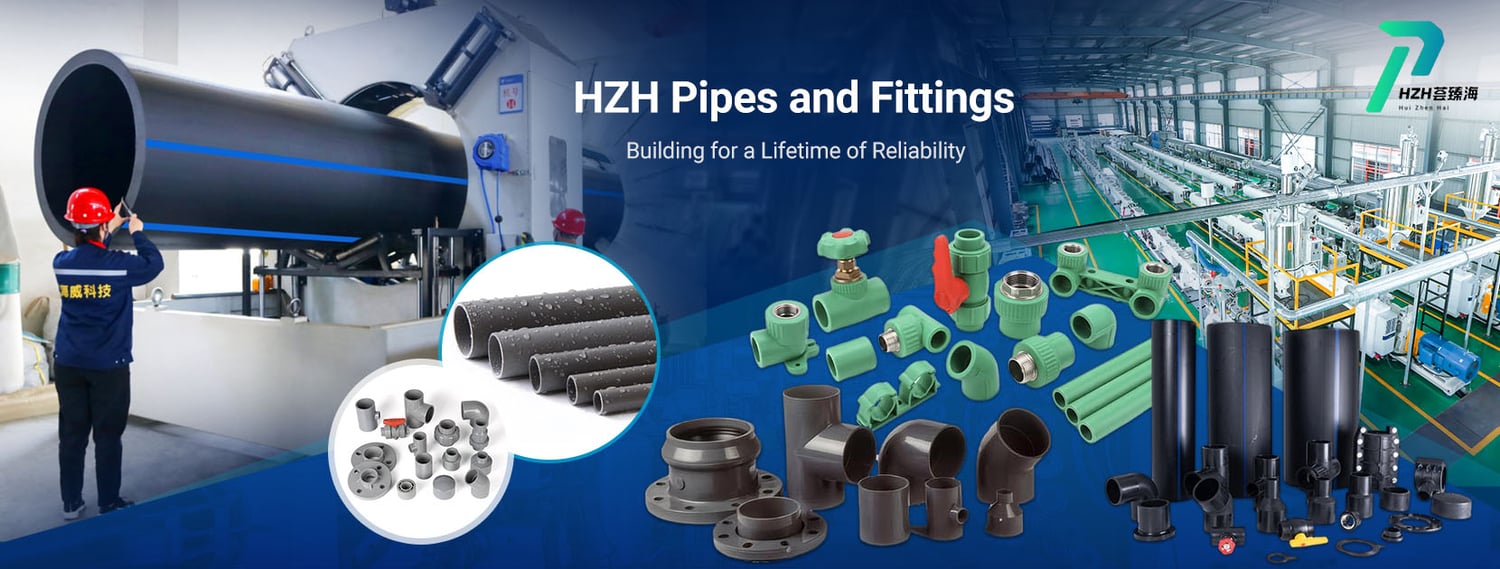Understanding ppr pipe size chartWhen it comes to plumbing projects, it is crucial to have a good understanding of the PPR pipe size chart. This chart provides valuable information on the various sizes of PPR pipes available and helps you choose the right one for your specific needs.Standard PPR Pipe SizesPPR pipes are available in a range of standard sizes, including 20mm, 25mm, 32mm, 40mm, 50mm, 63mm, 75mm, 90mm, and 110mm. Each size is designed for different applications and water pressure levels. It is important to refer to the PPR pipe size chart to determine the appropriate size for your project.Factors to Consider When Choosing PPR Pipe SizeSeveral factors should be taken into consideration when choosing the right PPR pipe size for your plumbing project. These factors include the water pressure requirements, flow rate, pipe material, and the overall layout of the plumbing system. Consulting the PPR pipe size chart can help you make an informed decision.PPR Pipe Size Chart DiagramA PPR pipe size chart diagram provides a visual representation of the various sizes of PPR pipes available. This visual aid can make it easier to understand the differences between each size and select the most suitable one for your needs.Benefits of Using the Correct PPR Pipe SizeUsing the correct PPR pipe size is essential for ensuring optimal performance and longevity of your plumbing system. Choosing the right size can help prevent leaks, reduce pressure drops, and improve overall efficiency. Referencing the PPR pipe size chart is key to achieving these benefits.PPR Pipe Size ConversionIf you need to convert PPR pipe sizes from metric to imperial or vice versa, the PPR pipe size chart can be a handy tool. It provides conversion factors that allow you to easily switch between different measurement systems and ensure compatibility with other plumbing components.Recommended PPR Pipe Size for Different ApplicationsThe PPR pipe size chart also offers recommendations for the best pipe size to use in various applications. For example, smaller pipe sizes are suitable for residential buildings, while larger sizes are more commonly used in commercial and industrial settings. Following these recommendations can help you achieve optimal results.Ensuring Proper Pipe Sizing for Water DistributionProper pipe sizing is crucial for efficient water distribution in a plumbing system. The PPR pipe size chart can help you calculate the right pipe size based on factors such as flow rate, pressure loss, and pipe material. This ensures that water is delivered effectively to all parts of the building.Consulting Experts for PPR Pipe SizingIf you are unsure about which PPR pipe size to choose for your project, it is advisable to consult with plumbing experts. They can offer valuable advice based on your specific requirements and help you navigate the intricacies of the PPR pipe size chart to make the best decision.ConclusionIn conclusion, the PPR pipe size chart is a valuable tool for anyone involved in plumbing projects. By understanding the information provided in the chart and following the recommendations, you can ensure the successful completion of your plumbing system. Remember to refer to the PPR pipe size chart whenever you need guidance on selecting the right pipe size for your needs.Quote Inquirycontact us










